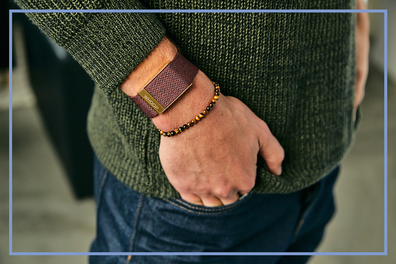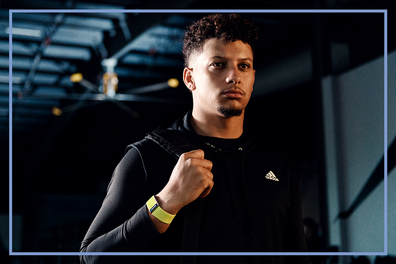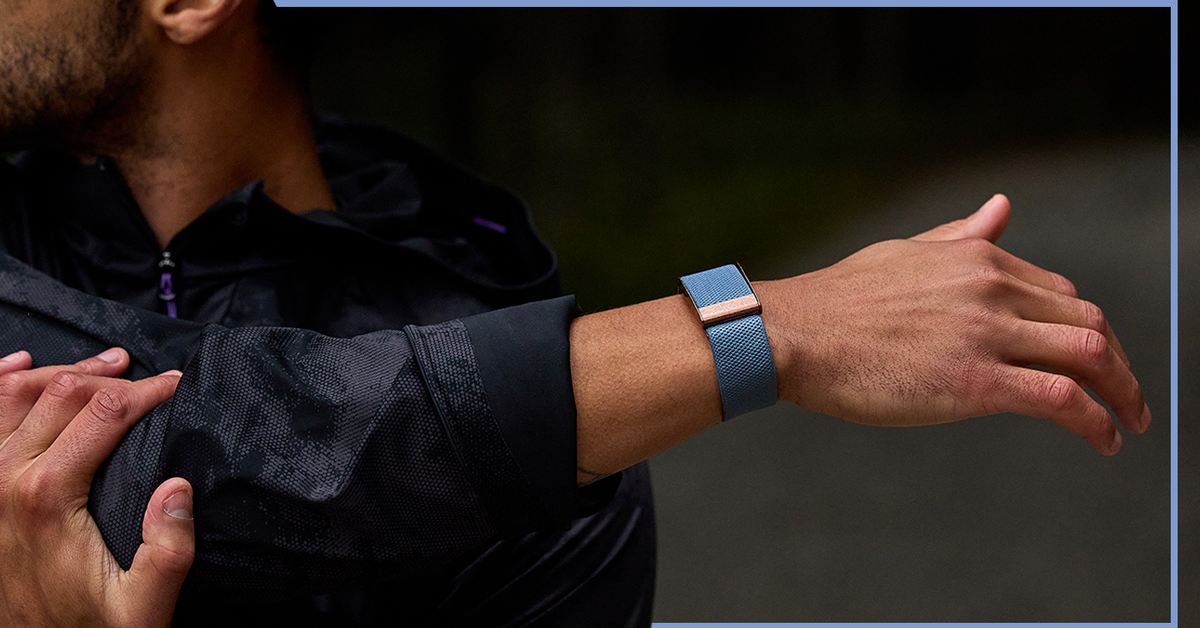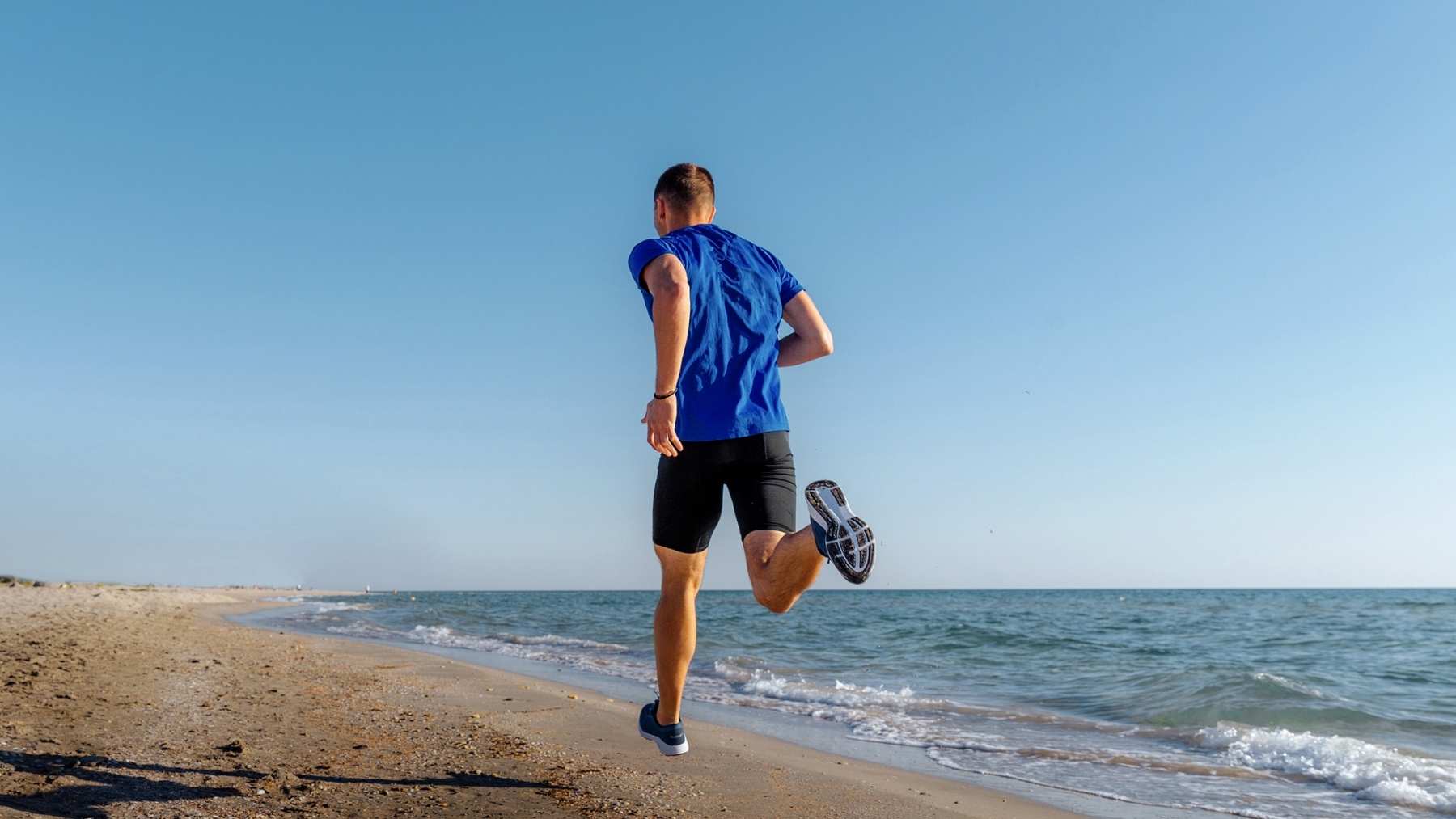Wearable fitness trackers have come a long way since the pedometer. Nowadays, counting steps is almost passé. Your wearable tracker should give you plenty more data to work with, and this is where the Whoop band excels.
A no-nonsense band (it doesn’t even have a screen), it’s been spotted on the wrists of many high-achieving athletes across a number of sports. But is it a good option for non-elite athletes?
While I had been putting the Whoop band to the test, I realised two colleagues had been wearing theirs for months longer than I had, so I corraled them into telling me their pros, cons, and the changes they’ve made due to the Whoop.
NOTE: Prices are accurate at time of publishing.
Whoop 4.0 Wearable Health, Fitness & Activity Tracker
A note on pricing
The Whoop Band actually works on a subscription basis, so it can be confusing to figure out the cost.
You can sign up for a free 30-day trial, with which you’ll receive a Whoop 4.0 device and a band. After the trial, you can continue the membership or choose to cancel and return the device. A 12-month membership is $379, a 24-month membership is $634, and month-to-month will cost $44 per month.
You can also get a family membership, which covers 2-6 members, from $316.
If you’re confident you want to buy the device and stick with it, you can also get the band on Amazon, which comes with a 12-month membership pre-installed.
Immy, 38
How long have you had the Whoop?
I’ve been using Whoop since November 2024.
Have you found it’s more accurate over time?
Yes, I’ve found that the accuracy remains incredibly high. It provides precise recovery and sleep insights, sometimes feeling too accurate, telling me when I’ll “just get by” due to lack of rest. Over time, it seems to better understand my patterns and give more tailored recommendations.
How have you implemented change based on your data?
Initially, the sheer amount of data was overwhelming, but once I got used to it, I started making small, meaningful changes. The sleep recommendations, while sometimes unrealistic, helped me adjust my routine. For instance, tonight, it’s telling me to go to bed at 8:12 pm to recover from my sleep debt over the weekend. However, when I do follow the suggested schedule, I notice a real difference: I feel more refreshed and have more energy throughout the day.

What do you like about it the most?
One of the best things is that I never have to take it off. It’s waterproof for swimming, showering, and sleeping, and the battery lasts forever. I only need to charge it about once a week. I also appreciate how comfortable and discreet it is, with no buttons or lights to get in the way.
Are there any cons you’ve noted?
At first, it was a bit tricky to figure out because there’s so much data. The sleep recommendations can also be a bit impractical, like suggesting I go to bed at 8:12 pm to make up for sleep debt. But overall, I’ve found that when I do follow the recommendations, they work, even if they seem extreme at first.
READ MORE: I’ve hiked over 90km in one pair of Salomons and here are my honest thoughts
Erin, 28
How long have you had the Whoop?
I’ve only had the Whoop for a few weeks, so I’m new to all the data insights.
Have you found it’s more accurate over time?
Yes! I think it’s more accurate as it learns more about you. I was a bit confused by some of the insights at the beginning, but I’m finding they align more with my activity as time goes on. If you’ve started using it and you’re finding it a bit confusing, hang in there for at least the first two weeks while it calibrates.

Have you implemented changes based on your data?
While my data insights are still new to me, I’m starting to get competitive with my Whoop. I want my sleep ‘efficiency’ to remain consistently high, which I know is more likely with a consistent bedtime and wake-up time, so I’m slowly working on making this my reality.
I was also surprised at how poor my sleep quality was after a night of social drinking, so I’m reducing my alcohol intake as well.
What do you like about it the most?
The data insights are really helpful, and they’re allowing me to map a path to better fitness. Right now, I’m still re-building strength after an injury, but it’s so helpful to be told, based on my sleep and heart-rate data, that I’m well-rested enough for higher-intensity workouts. And on the days when I need to prioritise recovery, I feel better knowing a slow walk or stretching is what’s best for me.
Are there any cons you’ve noted?

I don’t personally love the aesthetic of the Whoop. It’s a wearable device, but it’s screenless (designed to help you avoid distraction), so it kind of looks like a chunky black bracelet. You’d need to wear a watch on your other arm if you wanted to tell the time, which seems excessive. However, there are some Whoop bands that look really refined, so it might be a matter of mixing the band up instead.
Ben, 34
How long have you had the Whoop?
I signed up to Whoop in April 2024.
Have you found it’s more accurate over time?
Absolutely, in fact, that’s the point. The longer you wear it, the more data it amasses. The insight it is then able to provide you become very micro – it teaches you the individual impact of certain habits or behaviours on your recovery and performance.
How have you implemented change based on your data?
Drinking less alcohol (especially mid-week!) has been my number one change. Just the impact of having a few beers or wines after work on my sleep, recovery and performance was eye-opening.
What do you like about it the most?
It’s a really well-designed product and experience. You never have to take it off, the wireless charging is especially great – unlike every other fitness wearable, there’s no downtime with the device plugged in.
Are there any cons you’ve noted?
There’s still a little way to go to track the strain on weight-based training. It’s pretty cumbersome to have to log your workouts in the app – especially if you’ve already got a workout tracking app for strength-based exercise.
READ MORE: I gave in to the Hoka hype, and these are my honest thoughts





